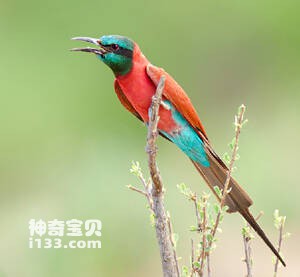
Merops nubicus
Merops nubicus,Northern Carmine Bee-eater
The red Bee-eater's scientific name is Merops nubicus, and its foreign n···
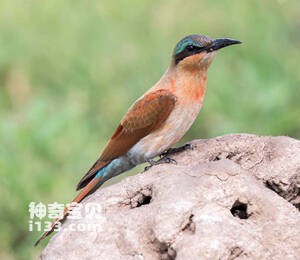
Merops nubicoides
Merops nubicoides,Southern Carmine Bee-eater
The Southern Carmine Bee-eater is known as Merops nubicoides and Southern Ca···
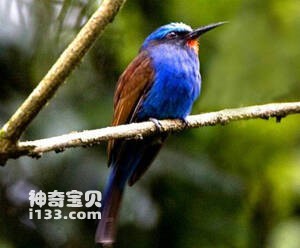
Merops muelleri
Merops muelleri,Blue-headed Bee-eater
The Blue-headed Bee-eater is also known as the blue-headed bee-eater (Merops···
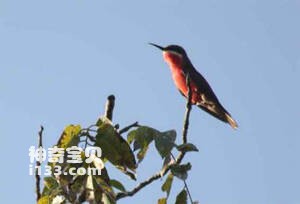
Merops malimbicus
Merops malimbicus,Rosy Bee-eater
Merops malimbicus, Rosy Bee-eater, is not known。Listed in the International···
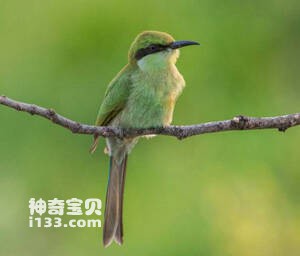
Merops hirundineus
Merops hirundineus,Swallow-tailed Bee-eater
Merops hirundineus is a swallowe-tailed Bee-eater.Listed in the Internationa···
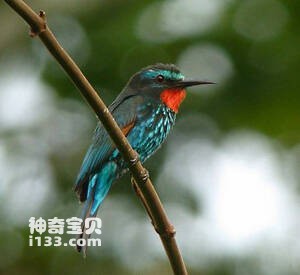
Merops gularis
Merops gularis,Black Bee-eater
The Black Bee-eater is known as Merops gularis or Black bee-eater and eats f···
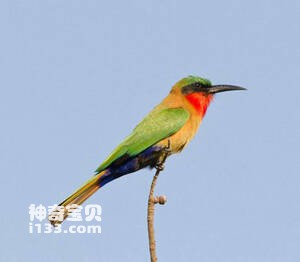
Merops bulocki
Merops bulocki,Red-throated Bee-eater
The Red-throated Bee-eater is known as Merops bulocki or red-throated bee-ea···
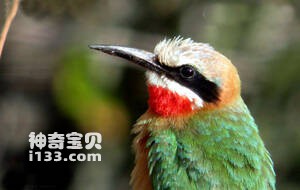
Merops bullockoides
Merops bullockoides,White-fronted Bee-eater
The White-fronted Bee-eater is Merops bullockoides, or white-fronted bee-eat···
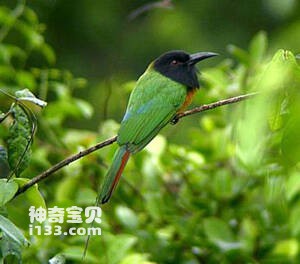
Merops breweri
Merops breweri,Black-headed Bee-eater
The Black-headed Bee-eater is known as Merops breweri and black-headed bee-e···
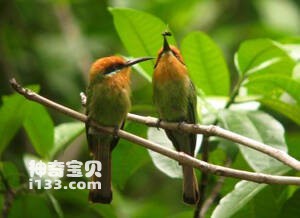
Merops boehmi
Merops boehmi,Boehm's Bee-eater
The blue-collar Bee-eater is known as Merops boehmi and Boehm's bee-eate···
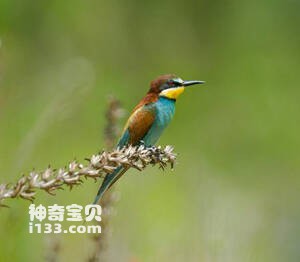
Merops apiaster
Merops apiaster,European Bee-eater
The yellow-throated Bee-eater is Merops apiaster, or European bee-Eater, wit···
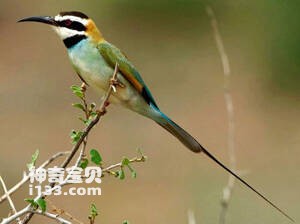
Merops albicollis
Merops albicollis,White-throated Bee-eater
Merops albicollis, also known as White-throated bee-eater, is a small, cute,···
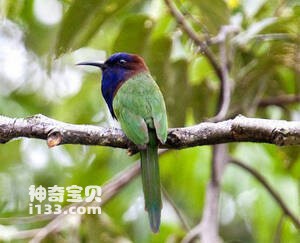
Meropogon forsten
Meropogon forsten,Purple-bearded Bee-eater
Bearded bee-eaters are known as Meropogon forsten, Purple-bearded Bee-eater,···
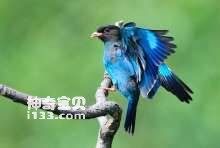
Uratelornis chimaera
Uratelornis chimaera,Long-tailed Ground Roller
The bird's scientific name is Uratelornis chimaera, and its foreign name···
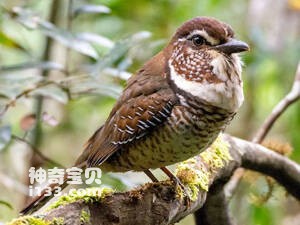
Brachypteracias leptosomus
Brachypteracias leptosomus,Short-legged Ground Roller
Brachypteracias leptosomus, Short-legged Ground Roller, is unknown.Protect w···
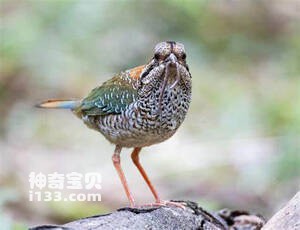
Brachypteracias squamigera
Brachypteracias squamigera,Scaly Ground Roller
Brachypteracias squamigera, Scaly Ground Roller, is unknown.Protect wild ani···
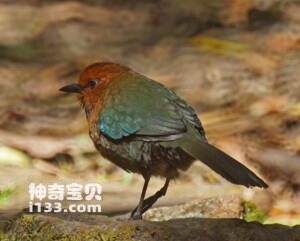
Atelornis crossleyi
Atelornis crossleyi,Rufous-headed Ground Roller
Its scientific name is Atelornis crossleyi and its foreign name is Rufous-he···
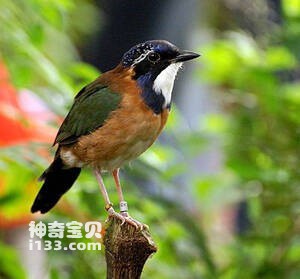
Atelornis pittoides
Atelornis pittoides,Pitta-like Ground Roller
The bird's scientific name is Atelornis pittoides, and its foreign name ···
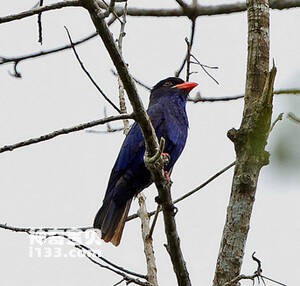
Eurystomus azureus
Eurystomus azureus,Purple Roller
The bird's scientific name is Eurystomus azureus, the foreign name is Pu···
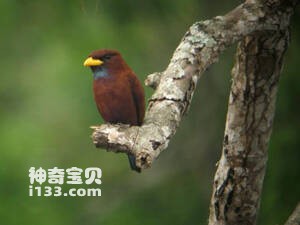
Eurystomus gularis
Eurystomus gularis,Blue-throated Roller
Eurystomus gularis, also known as Blue-throated Roller, is unknown.Listed in···
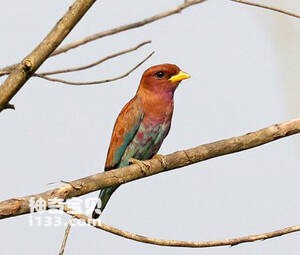
Eurystomus glaucurus
Eurystomus glaucurus,Broad-billed Roller
Eurystomus glaucurus, also known as Broad-billed Roller, is a brown three-bi···
